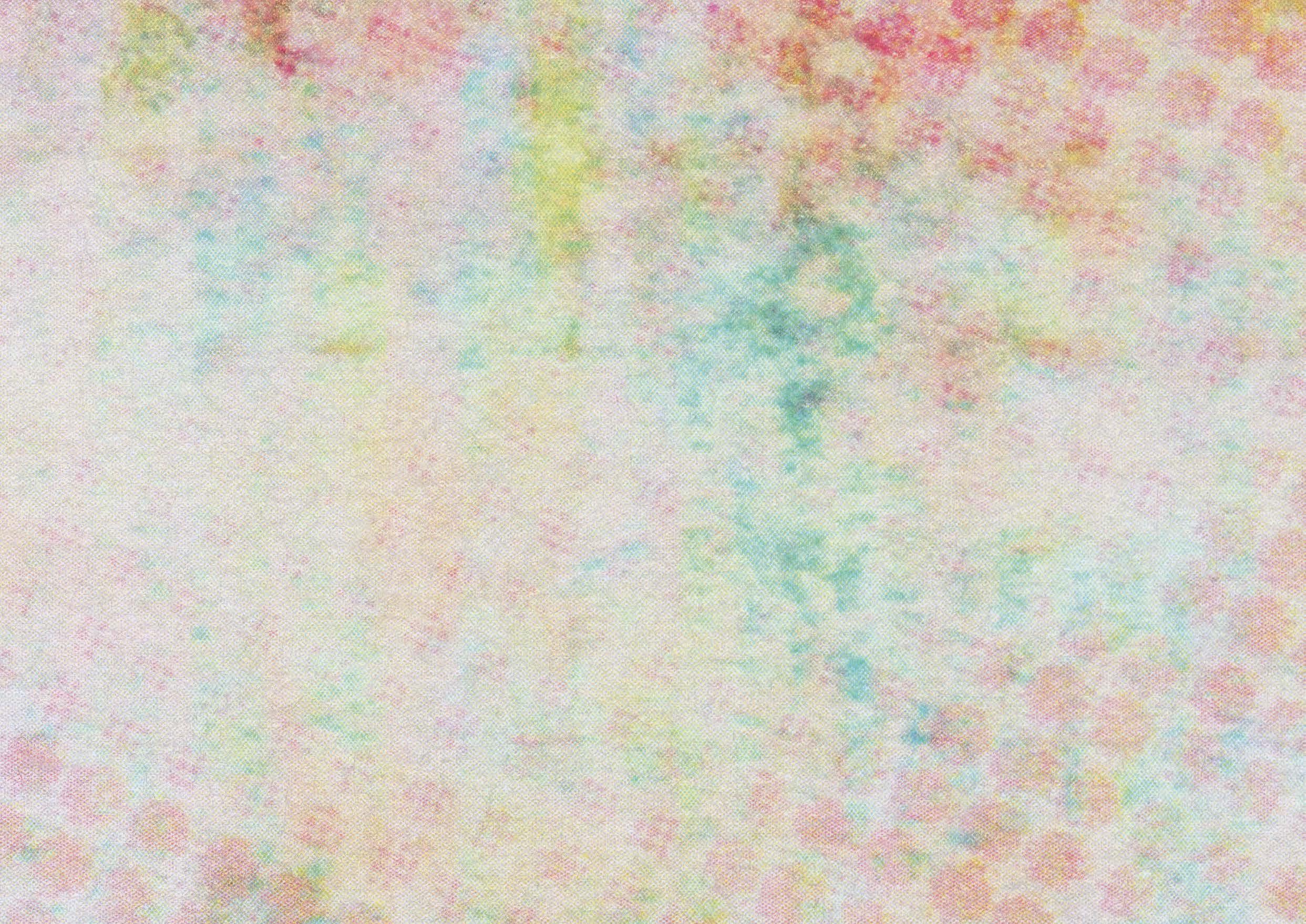
3 minute read
FOREWORD
A funded project for Fashion Revolution Week 2023, MANIFESTO responds to Manifesto for a Fashion Revolution, a 10-point manifesto created in 2018 by Fashion Revolution. The Manifesto solidifies our vision for a global fashion industry that conserves and restores the environment and values people over growth and profit. Over 14,500 people around the world have signed their name in support of turning this vision into a reality. This zine is an open invitation for you to join us.
MANIFESTO is a project conceived out of a love for fashion. This love, easy on some days and elusive on others, birthed thoughtful and fervent observations of the fashion system. Here, you find ten stories of loved clothes, old clothes, new clothes, clothes as means to raise funds for mutual aid, clothes as mass manufactured products, and non-clothes that exist as artistic interpretations of material and tools for storytelling.
MANIFESTO features stories and interpretations of fashion that are atypical on mainstream fashion media platforms. These stories deviate from the conventional ways of perceiving fashion as hype or trendy must-haves; exploring instead how fashion is intertwined and interconnected with the planet and all human and non-human lives. In Beyond Bindis & Binaries, Aditi Shivaramakrishnan looks at the intricate relationship between her shifting identities and her loved fashion objects. Through her documentation, fashion is a vehicle of exploration, expression, and way-finding through this world. Junk Joy, a collaborative response from Adel Ng and Hazeerah Basri, adopts mediums of AI art and hand-woven sculptures to imagine new forms of healing and being.
We cannot speak about fashion’s exploitation without looking at fashion’s capitalistic and hierarchical structures. Tegan Smyth’s crochet poem, I’ll Make It Myself, presents a form of quiet resistance to the hyper-acceleration workings of fashion. In ADD TO BAG, Rachel of Waychel Photography breaks down the mystification of (fast) fashion production through a series of augmented photos. By superimposing e-commerce shots on top of photos from the factory floor, she narrows the cognitive distance between e-commerce marketing and motivated consumerism. Reality TV Killed the Fashion Star takes a different approach by putting a satirical spin on reality shows and fashion design competitions, questioning how much fashion media platforms have done to challenge the portrayal of normative industry narratives. Industrial fashion feeds on the scarcity mindset to motivate consumption and production. When ideating for MANIFESTO, we had in mind to highlight alternative fashion economies/ecosystems built on concepts of abundance. One of such is solidariTHRIFT, a collective that organises pop-up thrift markets to raise funds for mutual aid. In a series of illustrations by irie aman on the making of the thrift market, they celebrate the joys of buying second-hand and patronage as a means of solidarity.
MANIFESTO does not attempt to address all of fashion’s systemic and structural problems. It is a collection of personal responses that tell the desire, protest, resistance, and everything in between of our inextricable relationship with the fashion industry. In our final feature, Esther Koh offers a reframing of ourselves as “desiring subjects” through personal recollections of “shopping” small. Small is beautiful. MANIFESTO dreams of a culture where desire is not to fulfil lack but small, human ways of yearning and engaging with the self and the world.
I hope you find commiseration, joy, and hope in these stories, and may we all be Fashion Revolutionaries in our ways. If you resonate with MANIFESTO, share it with your networks and communities.
May we always listen to the rebel in us—no matter how small they seem.
Sign Manifesto for a Fashion Revolution here.
It is now widely known that the Chinese fast fashion behemoth SHEIN is entangled in many labour and sustainability issues. As Swiss watchdog group Public Eye reports, its subcontractors underpay and overwork migrant workers. TIME Magazine also highlights that the volume and price at which clothes are sold makes it impossible for them to be sustainably or ethically made. Coverage of these issues is widespread, but the distance makes it easy to mentally pigeonhole the news into the realm of politics, separate from the realm of everyday wearables. Everyone knows, but still buys.
ADD TO BAG superimposes photographs extracted from investigations into SHEIN’s supply chain with product shots from the SHEIN website. By simulating and augmenting the experience of online shopping, the cognitive distance between the problems of production and the acts of consumption narrows. The viewer is asked to confront the exploitation that underlies their purchase from SHEIN, and more importantly, the people being exploited—a first step towards demanding transparency and accountability from fast fashion companies, and fair wages as well as dignified working conditions for the people they employ.
Read more at:







